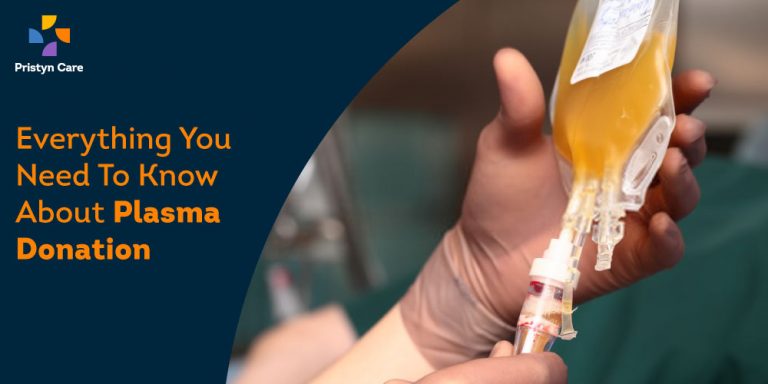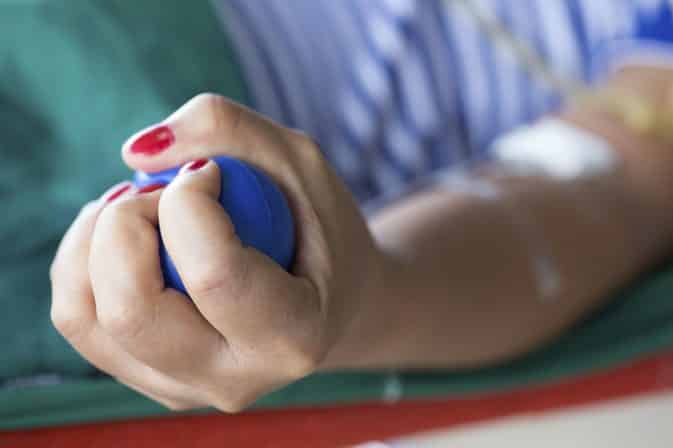

As IDF estimates that up to 10% of the U.S.

#Requirements to donate plasma free
In June 2021, CBP made the determination B1 or B2 visa holders could not be compensated for their time while donating plasma, classifying this activity as illegal “work for hire.” Previously, B1 and B2 visa holders were free to donate plasma and be compensated for their time, and it remains unclear why CBP reinterpreted this policy. Customs and Border Protection (CBP) has adversely affected cross-border plasma donation.

Overturning Border Control Policy that Limits Plasma DonationsĪt the federal level, a recent policy change enacted by U.S. IDF's Director of State Policy, Jamie Sexton, provided testimony to the Connecticut legislature in support of harmonizing state regulations with federal standards in April 2022: Harmonizing state regulations with the federal standard would increase the pool of potential plasma donors by removing geographical barriers. Such added regulatory burdens mean it is more difficult and costly to open plasma donation centers in these states, and as a result, some states have no plasma donation centers at all. This federal standard allows plasma donation centers to operate efficiently with no impact on safety for either donors or recipients of donated plasma. Food and Drug Administration’s (FDA) plasma donation regulations. For example, California requires licensed medical professionals to perform some of the necessary tests on potential plasma donors, while the FDA requires appropriately trained, but not necessarily licensed, professionals to perform these tests (note that Governor Newsom recently signed a bill to bring CA into alignment with federal standards). Regulation of plasma donation centers falls to states, and some states have enacted regulations that exceed the U.S. Aligning state plasma donation regulations with federal standards With demand for source plasma steadily rising, removing unnecessary or unintentional barriers to plasma donation is critical. Only source plasma from volunteer donors can be used to create these life-saving medicines. Unfortunately, there are no synthetic substitutes for plasma-derived therapies. These therapies include immunoglobulin used by those with primary immunodeficiency and autoimmune disorders, clotting factors for those with hemophilia, and albumin used for burn and trauma victims. Why plasma donation access and awareness mattersĪ consistent supply of source plasma from donors is critical to maintaining the supply of plasma-derived therapies used by hundreds of thousands of individuals around the world. Increase policymaker and public awareness of the need for plasma donation.Address barriers that prevent plasma donation, such as state regulations that do not align with federal standards and border control measures that adversely affect the ability of non-U.S.IDF works to ensure adequate source plasma supply on two fronts. Starting in late 2018 and continuing through the COVID-19 pandemic, there has been concern about potential immunoglobulin shortages due to increasing demand for plasma-based therapeutics and a decline in overall blood plasma donation. It takes approximately 130 plasma donations to produce one year’s supply of immunoglobulin for an adult with PI. Many patients with primary immunodeficiency (PI) rely on plasma-based therapeutics (namely, immunoglobulin) that cannot be manufactured without the donation of source plasma - the liquid, cell-free component of blood - by volunteers.


 0 kommentar(er)
0 kommentar(er)
